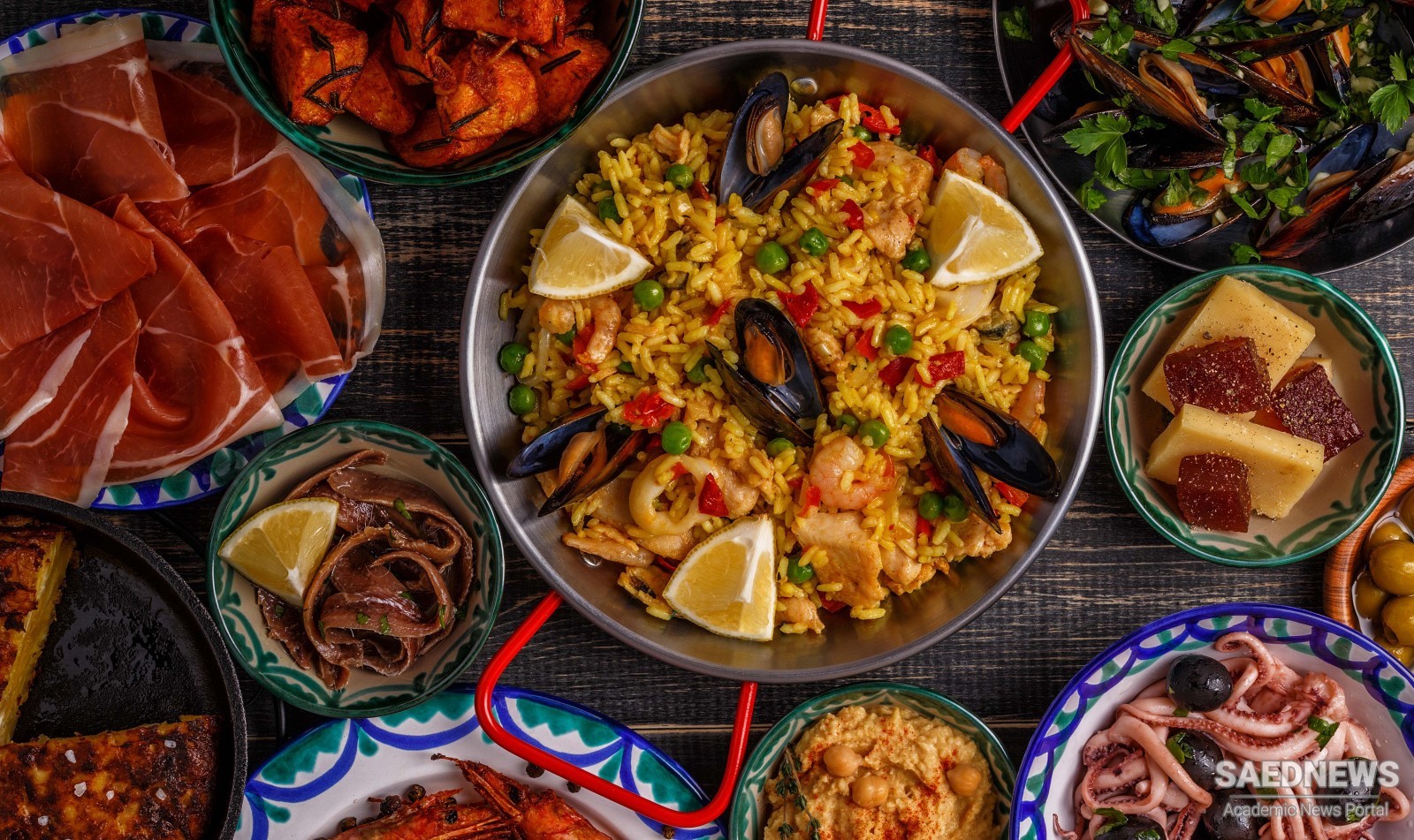Food is one of the essential elements of the tourist experience. Yet it is such an integral part of the experience that it is only in recent years that it has become a subject of study in its own right. At first glance this may seem somewhat surprising. However, arguably it is the very fact that it is such an integral component of everyday life that food has for so long been missed as an area of serious research and analysis. Food, just like tourism, was for many years a fringe academic discipline, and was frowned upon as an area of research by students of more ‘serious’ disciplines, unless of course, you could splice genes into it, apply more fertilizer to it or get a greater economic return on it per unit of production. Nevertheless, this situation is changing. The social and cultural significance of food is finally gaining the recognition it deserves, as is the role of food in tourism. Moreover, the media is now full of magazines, e.g. Cuisine, Gourmet Traveller, Australian Gourmet Traveller, Food & Travel; radio shows, television shows and even entire ‘lifestyle channels’, such as the North American Food Channel, dedicated to food and the places that food comes from, that explicitly connect food and tourism. To an extent this is a reflection of changing lifestyles and the role of some goods and services as status symbols and as signifiers of identity, as well as recognition of the business opportunities to support such lifestyles. Issues of taste, image, freshness, experience and quality are now recognized as important, not only because of the role of food in the local economy, but also because what, why and how we eat says something about ourselves, why we travel and the society we live in.


 Expansion of Cultural Understanding: Cultural Relevance of Tourism
Expansion of Cultural Understanding: Cultural Relevance of Tourism














































